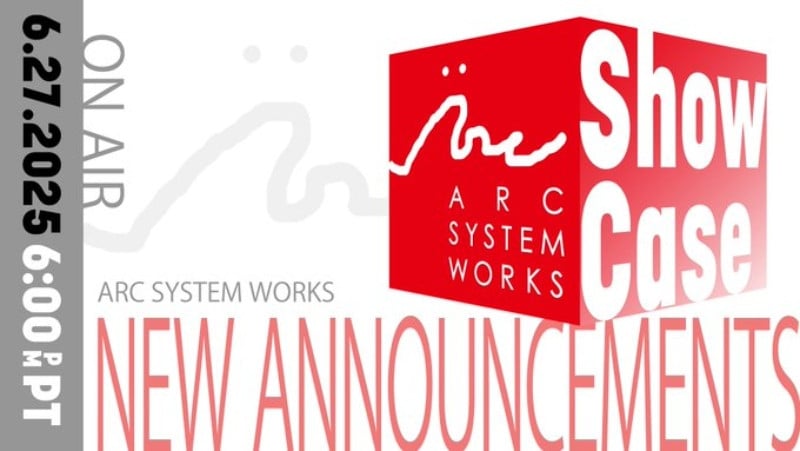
When Genshin Impact first launched, it included playable characters for six elements: Pyro (fire), Hydro (water), Anemo (wind), Electro (electricity), Cryo (ice), and Geo (earth). However, anyone paying attention at all to Genshin’s lore. some of its monsters, or even its loading screen would have noticed that a seventh element was seemingly missing in action: Dendro, or nature.
For the first two major Genshin Impact chapters, Dendro remained elusive. But with 3.0 and the introduction of dendro-focused continent Sumeru, we’re at last getting a taste of greenery. Bow users Collei and Tighnari kicked dendro off alongside the Traveler gaining a Dendro element through the Sumaru storyline — and more are on the way.
But why did it take so long for developer miHoYo to introduce Dendro, especially when all other elements were present from the start? What was it about Dendro that required a little more time in the veggie steamer?
In an interview with IGN, a Genshin Impact spokesperson shed a little bit of light on what, exactly, took Dendro so long to join its elemental brethren, as well as why its character rollout has been a bit slow:
The Dendro element is the last piece of the puzzle in the seven-element system. It is also the representative element of Sumeru, the nation of wisdom. Therefore, when we designed its elemental reaction mechanisms, we wanted it to be an element with more profound gameplay, one that enables multi-element reactions.However, at the time of design, we were unable to come up with a mechanic that the development team found satisfying and innovative. As the development of the Sumeru area progressed, we had gathered more ideas and inspirations amidst constant polishing. We made a deeper connection between the Dendro element and Pyro/Hydro/Electro elements, so that the Elemental Reactions are not only reflected by characters, but also in the entire ecological environment of Sumeru. For example, there are many plants and creatures with Dendro characteristics. Such plants and creatures have the potential of exhibiting polymorphic transformation that alters their appearances, functions, and even behavior, which is also the reason why we released the Dendro element along with its featured nation.
So for Dendro, it was largely a matter of miHoYo wanting multi-element interactions but struggling to come up with the right ones until Sumeru development prompted some inspiration.
The core concepts of the Dendro element have always been catalysis, wisdom, and life. However, the in-game presentation of its gameplay has gone through many iterations over time. We hope that the Dendro element can not only symbolize Sumeru’s image of the nation of wisdom, but also have a system of elemental reactions that conforms to common sense and contains enough strategy and gameplay diversity to connect more elements together.
Sumeru, Dendro, and everything else we’ve seen in 3.0 come as part of an ongoing 10-year roadmap of content for Genshin Impact that began at its launch. MiHoYo told us that it has a “rather clear long-term plan in mind” that it can’t share due to spoilers. But everything we know from Genshin’s lore indicates we’ll likely visit the respective continents of the all the elements we haven’t been to yet (Cryo, Pyro, and Hydro). MiHoYo has affirmed that Dendro is the “last piece of the puzzle in the seven-element system” so we’re unlikely to get any surprise new elements, but more dendro characters down the line are sure to add even more interesting elemental interactions.
We also spoke to miHoYo about its plans to bring back limited-time seasonal events that have already completed. And for more, you can take a look at several upcoming new characters for 3.1 as well as our review of Genshin at launch.
Rebekah Valentine is a news reporter for IGN. You can find her on Twitter @duckvalentine.






